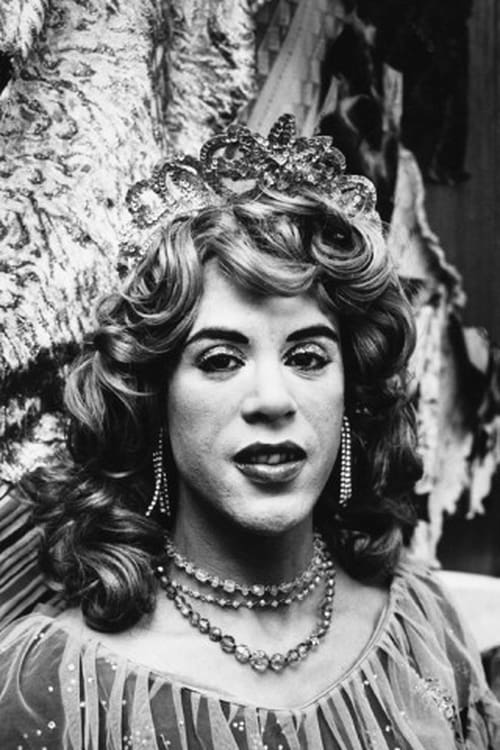Mario Montez
出生 : 1935-07-20, Ponce, Puerto Rico
死亡 : 2013-09-26
略歴
René Rivera, (July 20, 1935 – September 26, 2013), known professionally as Mario Montez, was one of the Warhol superstars, appearing in thirteen of Andy Warhol's underground films from 1964 to 1966. He took his name as a male homage to the actress Maria Montez, an important gay icon in the fifties and sixties. Before appearing in Warhol's films, he appeared in Jack Smith's important underground films Flaming Creatures and Normal Love. Montez also stars in the Ron Rice film, Chumlum, made in 1964. Mario Montez, was "a staple in the New York underground scene of the 1960s and ’70s."

Himself (archive footage)
In his essay film, Jerry Tartaglia, longtime archivist and restorer of the film estate of queer New York underground, experimental film, and performance legend Jack Smith, deals less with Smith’s life than with his work, analyzing Smith’s aesthetic idiosyncrasies in 21 thematic chapters. It's a film essay about the artist’s work, rather than a documentary about his life. An unmediated vision of Jack Smith, an invitation to join him in his lost paradise.
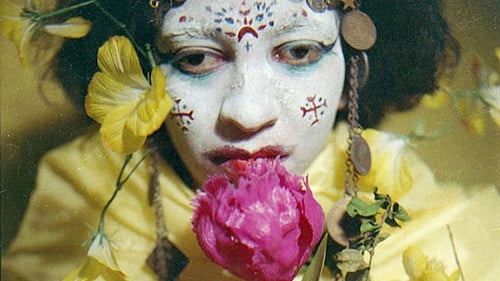
Himself
In this entrancing documentary on performance artist, photographer and underground filmmaker Jack Smith, photographs and rare clips of Smith's performances and films punctuate interviews with artists, critics, friends and foes to create an engaging portrait of the artist. Widely known for his banned queer erotica film Flaming Creatures, Smith was an innovator and firebrand who influenced artists such as Andy Warhol and John Waters.

A film by Alfredo Leonardi.
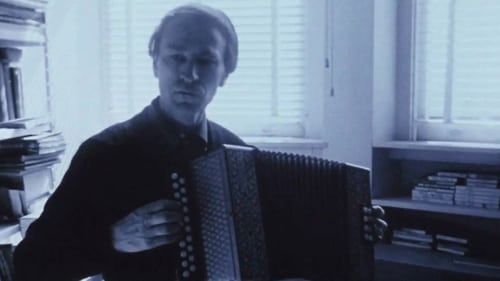
Self
An epic portrait of the New York avant-garde art scene of the 60s.

Himself
The three faces (two women and one tranvestized man) in the series of close up, which are shot separately in their sexual process of the acting and the real, are intercut and edited making into a film. The sound is the voice of continuous laughing of a woman repeated from a loop-tape. What I try to realize in this film is the question of gender through the facial expression in sex between woman and tranvestized man, and the image in detail between the ac ting and the real life. When these factors are mixed, one can hardly distinguish one from the other.

Smith's third feature film was originally titled "The Kidnapping of Wendell Willkie by the Love Bandit," in reaction to the 1968 Presidential Campaign. Willkie was a liberal Republican who ran against FDR in the 1940's. It mixes B&W footage of Smith's creatures with old campaign footage of Willkie. The climax of the work appears to be the "auctioning" of the presidential candidate at the convention. - Flicker
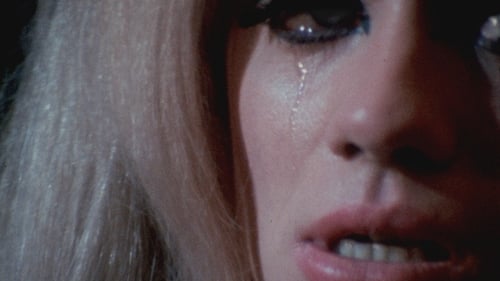
Self - Singer
In 1967, New York City is host to the Miss All-American Camp Beauty Pageant. This documentary takes a look behind the scenes, transporting the viewer into rehearsals and dressing rooms as the drag queen subculture prepares for this big national beauty contest. Jack/Sabrina is the mistress of ceremonies, and their protégé, Miss Harlow, is in the competition. But, as the pageant approaches, the glamorous contestants veer from camaraderie to tension.

Lupe Velez
The film — a mix of music, colors, abstract scenes and little dialogue — is based loosely on the life and death of Mexican-American actress Lupe Velez. The music, far more than mere background, borders on serving as the film’s narrative and ranges from classical to contemporary pop music.

A tropical island fantasy.
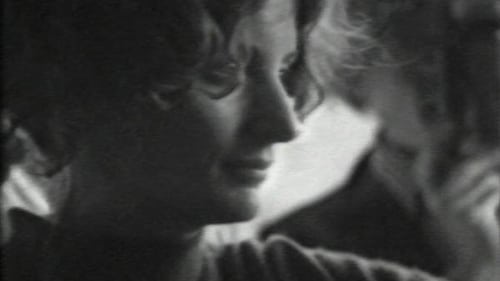
Transvestite
Lacking a formal narrative, Warhol's mammoth film follows various residents of the Chelsea Hotel in 1966 New York City. The film was intended to be screened via dual projector set-up.

Part of the Dirt Trilogy

Hedy Lamarr
Egotistical faded star Hedy Lamarr visits a plastic surgeon to be transformed into the "14-year-old girl" she believes herself to be. She is then caught shoplifting by Mary Woronov and is put on trial, with Tavel as the judge and her five ex-husbands the jury. Hedy remains self-centered and detached throughout, posing and primping and bursting out renditions of "I Feel Pretty" and "Young at Heart."

Lana Turner
Warhol offers his own version of the notorious 1958 Johnny Stompanato murder case.

Self
The films were made between 1964 and 1966 at Warhol's Factory studio in New York City. Subjects were captured in stark relief by a strong key light, and filmed by Warhol with his stationary 16mm Bolex camera on silent, black and white, 100-foot rolls of film at 24 frames per second. The resulting two-and-a-half-minute film reels were then screened in 'slow motion' at 16 frames per second.

Shot at Warhol's Silver Factory, Camp features a group of Superstars putting on a "summer camp" talent show complete with singing, dancing, jokes, poetry, and Gerard Malanga as master of ceremonies.

Two nuns take a bath, then meet a sailor on the Staten Island Ferry.

Warhol and scenarist Ronald Tavel offer a brutal vision of the Hollywood casting couch with this record of ingenue Mario Montez performing a humiliating auditions for a dictatorial, unseen director.

Harlot
Jean Harlow-lookalike Harlot (Mario Montez), Gerard Malanga, Philip Fagan, and Carol Koshinskie (with a cat) sit in a room eating bananas as the off-screen voices of Billy Name, Ronald Tavel, and Harry Fainlight discuss various topics.

Mario
Mario Montez in drag eats a banana.

Mario
Black-and-white version of Mario Banana I, in which Mario enjoys another banana.

Batman Dracula is a 1964 black and white American film produced and directed by Andy Warhol, without the permission of DC Comics. The film was screened only at Warhol's art exhibits. A fan of the Batman series, Warhol made the movie as a homage. Batman Dracula is considered to be the first film featuring a blatantly campy Batman. The film was thought to have been lost until scenes from it were shown at some length in the documentary Jack Smith and the Destruction of Atlantis.
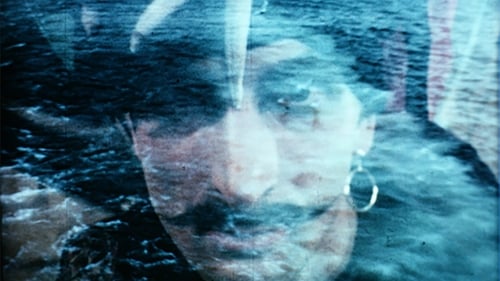
Ron Rice's Chumlum is one of those films in which the conditions of its construction are integral to the experience of watching it. It is a record of a cadre of creative people having fun on camera, playing dress-up, dancing, flirting, lazing around.

The Spanish Girl
Filmmaker and artist Jack Smith described his own film as a “comedy set in a haunted movie studio.” Flaming Creatures begins humorously enough with several men and women, mostly of indeterminate gender, vamping it up in front of the camera and participating in a mock advertisement for an indelible, heart-shaped brand of lipstick. However, things take a dark, nightmarish turn when a transvestite chases, catches and begins molesting a woman. Soon, all of the titular “creatures” participate in a (mostly clothed) orgy that causes a massive earthquake. After the creatures are killed in the resulting chaos, a vampire dressed like an old Hollywood starlet rises from her coffin to resurrect the dead. All ends happily enough when the now undead creatures dance with each other, even though another orgy and earthquake loom over the end title card.
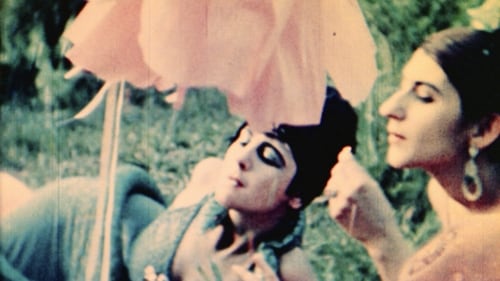
Mermaid
The feature length Normal Love is Jack Smith’s follow up to his now legendary film Flaming Creatures. This vivid, full-color homage to B-movies is a dizzying display of camp that clearly affirms Smith’s role as the driving force behind underground cinema and performance art of the post-war era. The cast includes Mario Montez, Diane de Prima, Tiny Tim, Francis Francine, Beverley Grant and John Vaccaro. Smith was known to constantly re-edit the film, often during screenings as it was still unspooling from the projector. This print has been restored under the supervision of Jerry Tartaglia and is provided by Filmmakers Co-operative in New York City.
